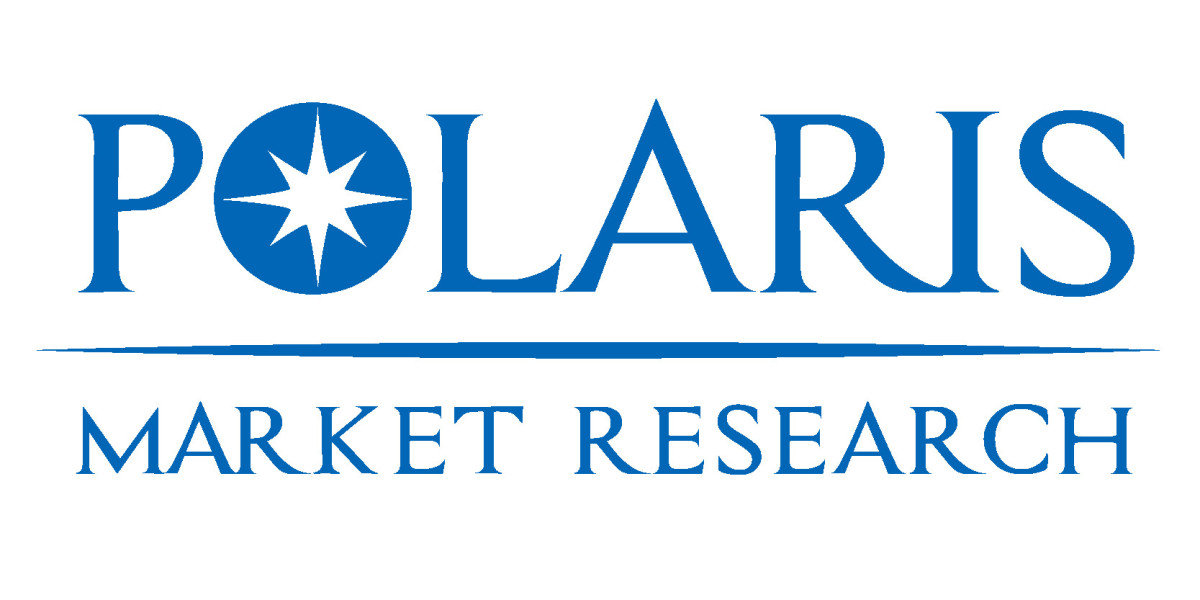Expanding a business to international markets requires more than just translating a website into different languages. To truly reach global audiences and gain visibility in search engines across multiple regions, businesses need effective SEO optimization for multilingual websites. This approach ensures that content is not only linguistically accurate but also culturally relevant and technically optimized for search engines. A multilingual SEO strategy helps businesses connect with international customers, rank in country-specific search engines, and build a strong global presence.
When creating a multilingual website, one of the first steps is selecting the right languages and regions to target. This decision should be based on thorough market research and data about where potential customers are located. For example, if a company is expanding into Europe, it may prioritize languages like French, German, and Spanish. It is important to remember that a simple translation does not guarantee good SEO results. Each language version of a website should be treated as a separate entity with its own keyword research, content strategy, and optimization.
Keyword research plays a crucial role in multilingual SEO. A keyword that works well in English may not have the same search volume or meaning in another language. For instance, a term used in the United States may have a completely different expression in the United Kingdom or Australia, even though all three markets use English. Similarly, Spanish keywords differ between Spain and Latin America. Businesses must conduct keyword research specific to each language and region to ensure they are targeting the phrases that users actually search for. Tools like Google Keyword Planner and SEMrush can be used, but local knowledge and native speakers often provide the best insights.
Technical SEO is another critical factor in optimizing multilingual websites. Search engines need clear signals to understand which version of a webpage is meant for which audience. Implementing hreflang tags correctly is one of the most important practices. These tags indicate the language and regional targeting of each page, helping search engines serve the right version to the right users. Additionally, using country-specific domains or subdirectories can improve targeting. For example, a company targeting Germany might use a .de domain, while another approach could be to use example.com/de/ as a subdirectory. Both methods have their advantages, but consistency and proper implementation are key to success.
User experience must also be considered in multilingual SEO. A website should automatically detect the preferred language of the visitor based on browser settings but also allow users to switch languages manually. Automatic redirection without giving the user control can create a frustrating experience. Furthermore, cultural adaptation goes beyond simple translation. Content should reflect local customs, preferences, and buying habits to increase engagement and conversions. Images, currency, date formats, and even color choices may need to be adapted for different markets.
Content creation for multilingual websites requires careful planning. Instead of direct translations, businesses should focus on localization. Localization means adapting the message to the local audience in a way that feels natural and persuasive. For example, a marketing slogan that works well in English may lose its impact if directly translated into Japanese. A localized version will capture the same intent while using culturally appropriate expressions. This not only improves user trust but also boosts SEO performance, as localized content tends to receive more engagement and backlinks from local websites.
Another important aspect of multilingual SEO is link building. Just as backlinks are essential for ranking in one market, they are equally important in international SEO. Businesses national seo services should focus on acquiring backlinks from local websites, directories, and media sources in the targeted countries. This builds domain authority within each region and signals to search engines that the website is relevant for those specific audiences. Local citations and partnerships with regional influencers or bloggers can also strengthen international link-building strategies.
Performance tracking is vital for ensuring that multilingual SEO efforts are effective. Businesses should monitor rankings, traffic, and conversions for each language version separately. Analytics tools can provide insights into which regions are performing well and which need improvement. This data-driven approach allows businesses to adjust their strategy, refine keywords, and improve content for better results over time.
In conclusion, SEO optimization for multilingual websites is an essential step for businesses targeting global markets. It requires a combination of technical expertise, cultural understanding, localized content creation, and region-specific keyword research. By implementing a solid multilingual SEO strategy, businesses can improve their visibility across international search engines, attract more qualified traffic, and build strong connections with customers worldwide. This investment not only boosts online presence but also creates opportunities for long-term growth in competitive global markets.








